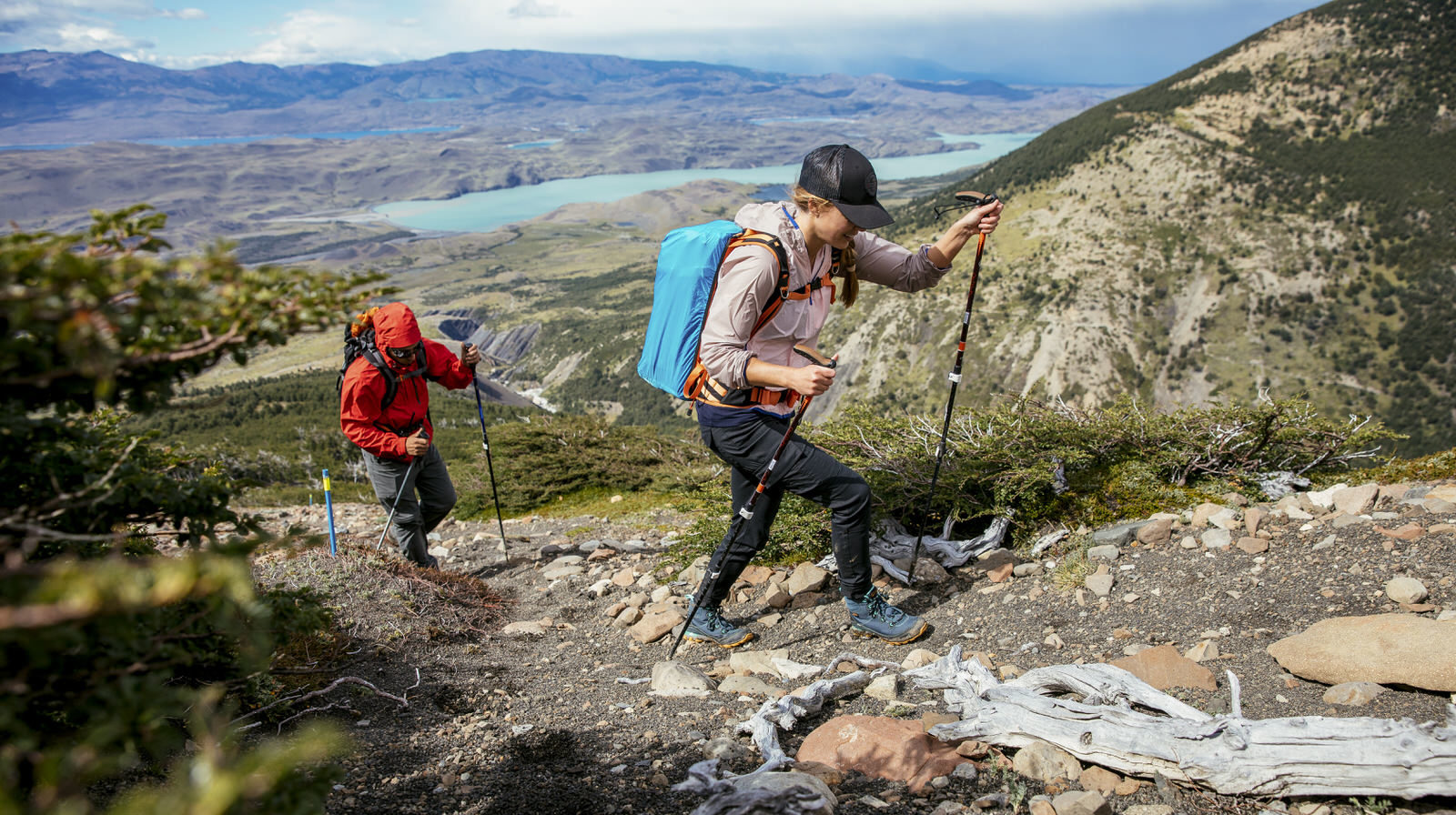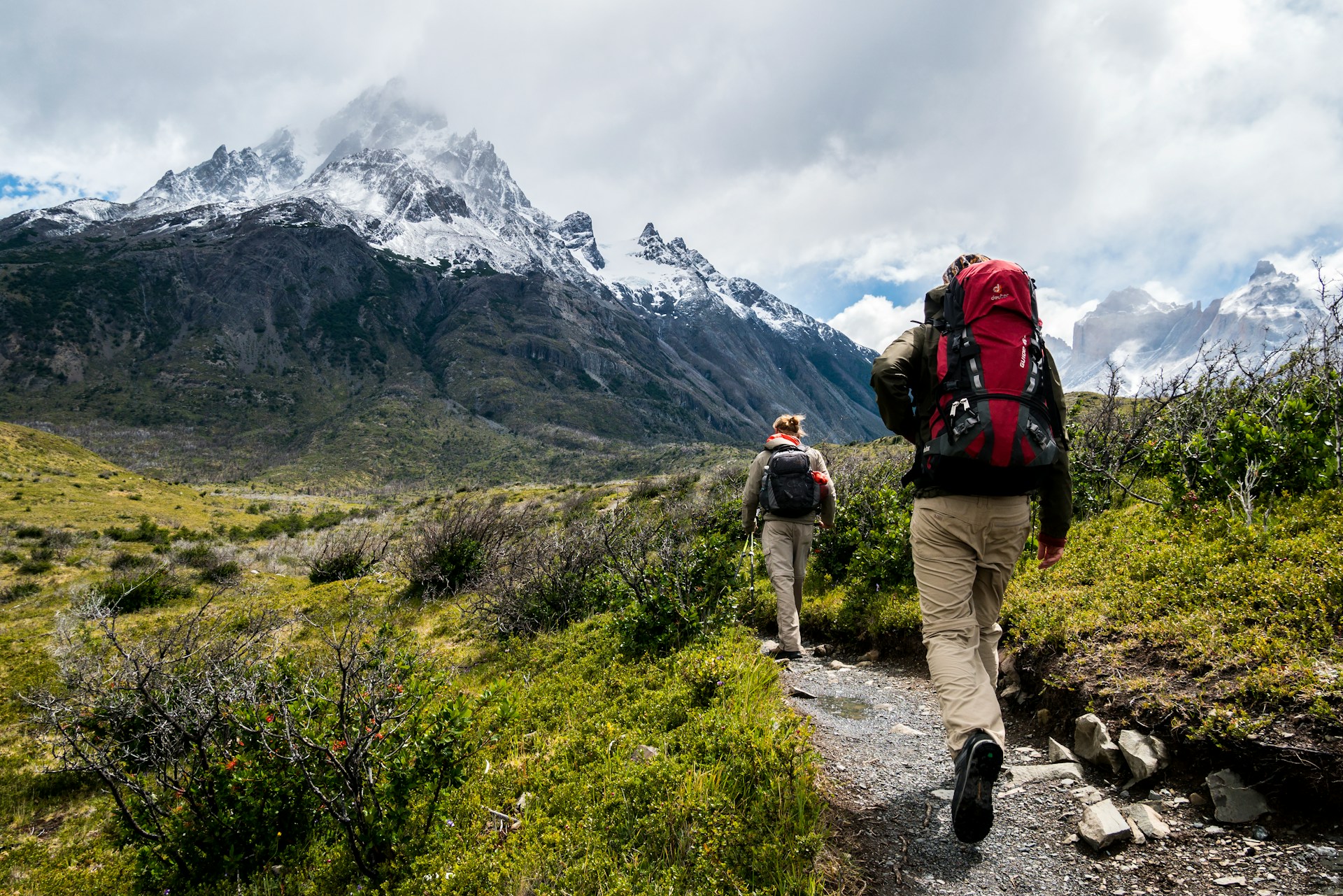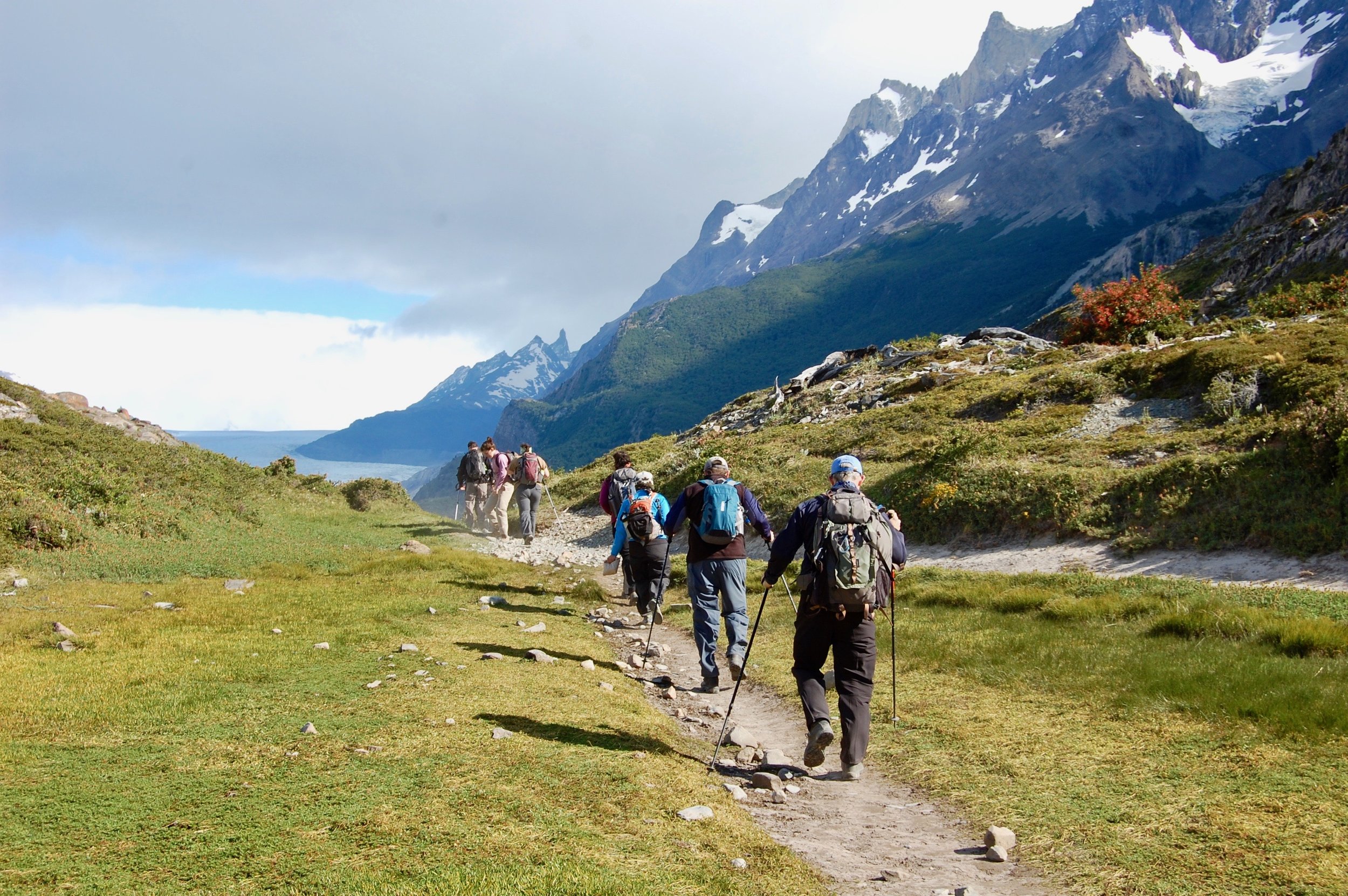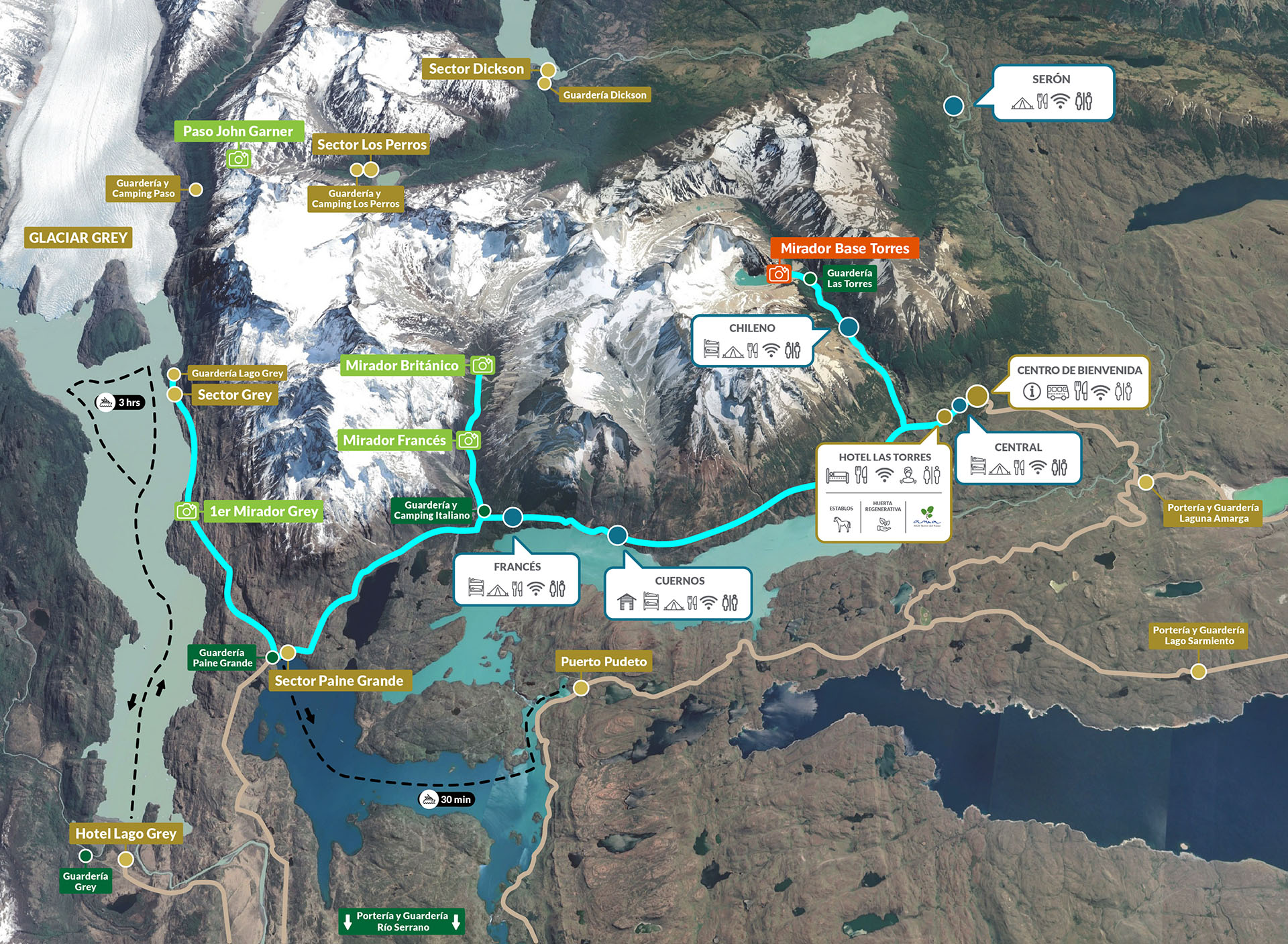They told me Patagonia would change me. I didn’t quite believe it until I was standing beneath the jagged spires of the Torres del Paine, with wind howling in my ears and snow swirling above turquoise glacial lakes. Whether you're planning to hike the famous W Circuit or take on the full O Circuit, there’s one thing I can tell you: this trek is not just a hike, it's an initiation into raw, wild nature.
Here’s how I prepared, what I learned, and exactly what you’ll need to hike Torres del Paine like a pro in 2025.
Why Hike Torres del Paine?
Torres del Paine is often called the crown jewel of Patagonia trekking and for good reason. The park delivers alpine drama, shifting microclimates, towering glaciers, and epic backcountry trails. The W Circuit gives you a 4–5 day experience of the best highlights, while the O Circuit is a full 7–9 day expedition looping you around the Paine Massif for a deeper wilderness journey.
Whichever route you choose, hiking in Patagonia demands a respect for the elements—and smart packing.
Best Time to Hike Torres del Paine
I hiked in late March, when the summer crowds started to thin but the weather was still relatively stable. Here's a breakdown:
| Season | Conditions | Recommendation |
|---|---|---|
| Dec – Feb | Warmest, busiest, windier | Great for first-timers |
| March – April | Quieter, cooler, more stable | My personal favorite |
| Sept – Nov | Fewer tourists, still cold/snowy | Best for solitude seekers |
| May – Aug | Winter, limited access | Only for experienced trekkers |
Tip: No matter the month, Patagonia weather conditions change hourly. Expect sun, snow, wind and rain in a single day.
Winter trekking in Patagonia

Autumn trekking in Patagonia
Summer trekking in Patagonia
The Essential Torres del Paine Packing List
Patagonia taught me this: pack for every possible season—even if you're hiking in summer. Here’s what I carried, and what I’d never hike without again.
Clothing for Patagonia Weather
- Alpaca baselayer (top + bottom) – Soft, breathable, and surprisingly warm. Way better than synthetics.
- Alpaca hiking socks + thermal socks for hiking – Game-changer. Kept my feet warm and blister-free even after 20km days.
- Alpaca thermal gloves – Wind-resistant and insulating even when damp.
- Waterproof shell jacket – Lightweight, breathable, fully taped seams.
- Insulated alpaca jacket – My favorite item. Warm, compressible, and never clammy.
- Quick-dry hiking pants + fleece leggings – I used both every day.
- Buff, beanie, sunhat – Cover all bases: wind, sun, and chill.
- Trail runners or waterproof hiking boots – The O Circuit had more mud, so boots were key.
Trekking Gear for Patagonia
- Backpack (50–65L) – Big enough for the O Circuit, with rain cover.
- Daypack (15–20L) – For side hikes like the French Valley.
- Sleeping bag (0°C or lower) – Nights can get icy.
- Sleeping mat – For warmth and comfort at camp.
- Trekking poles – A lifesaver for downhill stability.
- Water bottles or hydration system (2–3L) – Refilling at streams was safe in most spots.
- Water filter or tablets – Just in case, especially near camps.
- Headlamp – With spare batteries, especially in shoulder seasons.
- Dry bags or Ziplocs – Patagonia is wet. Period.
Autumn trekking in Patagonia
Health & Safety Essentials
- First aid kit – Include blister care and altitude sickness tablets (for the elevation changes).
- Sunscreen + lip balm (SPF 50+) – UV rays are strong, even in cloudy weather.
- Bug repellent – Mosquitos showed up near Grey Lake.
- Copies of ID and travel insurance – Required at park entrances.
-
Emergency blanket – Lightweight peace of mind.
W vs O Circuit: Which Trek Is Right for You?
The W Circuit is perfect if you're short on time or new to multi-day hikes. You’ll still get the three major valleys: Base Torres, French Valley, and Grey Glacier.
The O Circuit? That’s for those ready to commit. More remote, more rewarding. My favorite day? Crossing John Gardner Pass at sunrise, with the Southern Ice Field spilling out like a white ocean below.
| Feature | W Circuit | O Circuit |
|---|---|---|
| Duration | 4–5 days | 7–9 days |
| Distance | ~70km | ~130km |
| Difficulty | Moderate | Demanding |
| Crowds | More common | Less frequent |
| Wild terrain | Some | Full immersion |
W vs O Circuit
Trekking Safety in Patagonia
- Check weather daily at CONAF offices or refugios.
- Register your hike at the entrance if you go solo.
- Respect the wind – Patagonia gusts can knock over loaded hikers.
- Pack out trash – This land is pristine, and should stay that way.
Trekking Safety in Patagonia
Final Thoughts: How to Prepare for Torres del Paine
The Torres del Paine trek pushed me—and gifted me—with a deeper connection to nature and myself. It’s more than a beautiful hike. It’s a chance to disconnect, challenge your limits, and walk through one of the last great wildernesses of the world.
If there’s one thing I’d recommend to anyone heading there in 2025, it’s this:
Invest in high-quality, sustainable gear. Especially your baselayers, socks, and jackets. My alpaca clothing kept me dry, warm, and odor-free every day. No exaggeration.
Ready for Patagonia? Hike smart, respect the trail, and let the mountains leave their mark on you just like they did on me.










